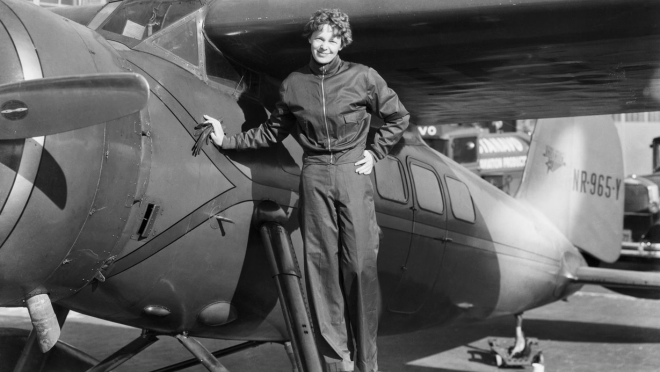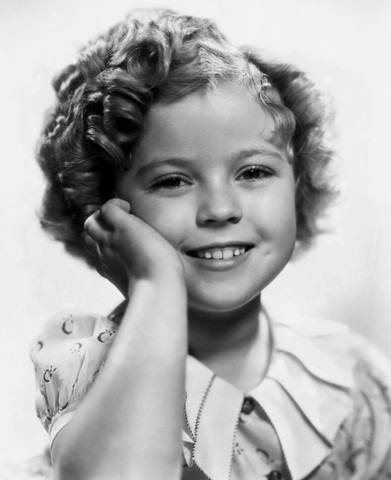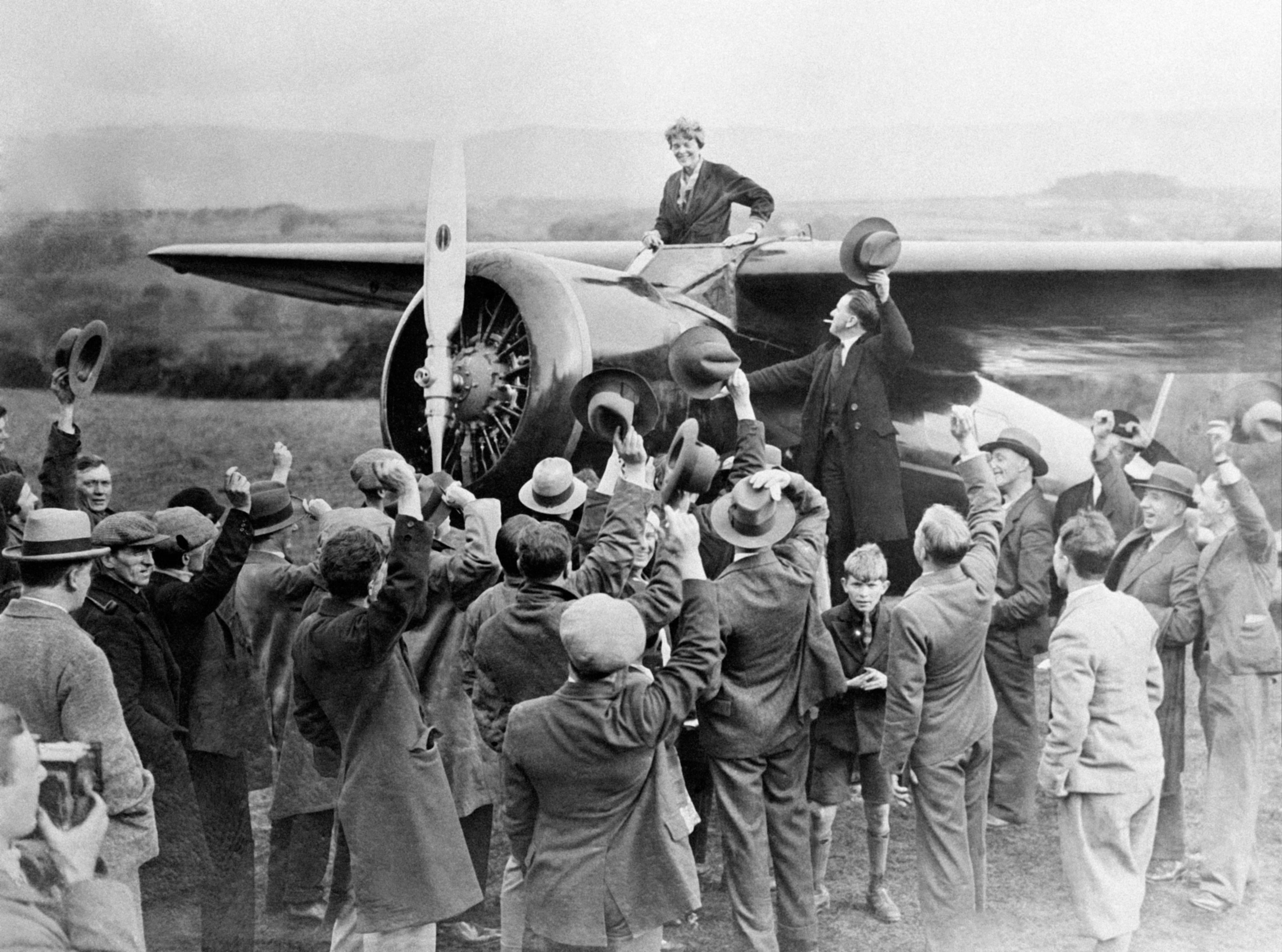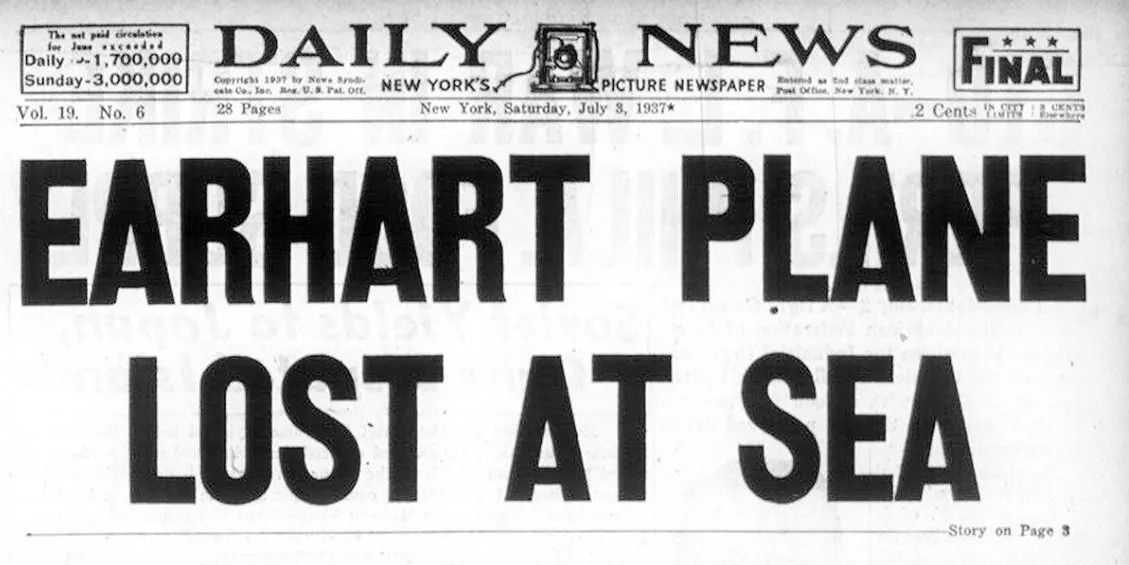On Amelia Earhart Day, remembering a trailblazer's daring life and mysterious disappearance
On Amelia Earhart Day, remembering a trailblazer's daring life and mysterious disappearance

Amelia Earhart is probably the most iconic female aviator in the history of aviation itself, who crossed the Atlantic in a solo flight, and that too in 1932! Every year on 24 July, her birthday, it is celebrated as National Amelia Earhart Day, honouring her legacy and the role of women in aviation.
When Amelia Earhart climbed into the cockpit of her Lockheed Electra in June 1937, she set her sights on an achievement no woman had accomplished before: a solo flight around the world.
Journalists swarmed the airfield, noting everything from her striking blue eyes and signature bob to her confident chatter about fuel capacity and airspeed. When asked about the dangers of the journey, she brushed off the concerns. “It is to be a safe and sane flight along scheduled airlines,” she told them—a 27,000-mile journey that would span five continents.
Earhart never completed the mission. She and her plane vanished later that month, leaving behind one of modern history’s greatest unsolved mysteries. But her legacy goes far beyond the circumstances of her disappearance.
Let’s take a look at how she reshaped the skies—and history—as the world’s most iconic female aviator.
Amelia Earhart’s adventurous childhood
Amelia Mary Earhart was born in 1897 in Atchison, Kansas, the elder of two daughters to Edwin and Amy Earhart. Her father, a lawyer who had worked his way up from modest beginnings, and her mother, a member of a prominent local family, instilled in their children the values of education and independence.

Amy Earhart had a daring streak of her own—she once climbed a mountain in Colorado solo, an unusual feat for a woman of her time. Family accounts suggest she had been denied a college education by her conservative father, a disappointment that shaped how she raised her daughters. “I advocate for every girl training along some line so she has something she can do to support herself,” Amy later wrote in 1944.
Determined to raise her daughters to be self-reliant, Amy encouraged them to challenge societal norms. As children, Amelia and her sister wore bloomers instead of skirts while playing sports outside—an act that raised eyebrows in their conservative town. “Unfortunately, I lived at a time when girls were still girls,” Earhart reflected in her 1932 autobiography, recalling how their energetic curiosity and appetite for adventure made them stand out.
The world Amelia grew up in was in the midst of social transformation. As the women’s suffrage movement gained ground, women were beginning to step into public life in unprecedented ways. Still, skepticism persisted—many Americans continued to view ambition, independence, and public visibility as traits unbecoming of women.
Amelia, however, had no interest in conforming to those expectations. She sought a life of purpose and autonomy. With limited career options available to women at the time, she began in service work—first as a nurse’s aide in a Canadian military hospital during World War I, and later as a social worker in 1925.
Amelia earhart takes flight
At a time when social work was seen as one of the few respectable professions for women, Amelia Earhart harboured a more unconventional passion—aviation. Growing up alongside the budding field, which took off after the Wright Brothers’ historic flight in 1903, Amelia was first introduced to airplanes at a fair in 1907. At just ten years old, however, she found the machine underwhelming—little more than a “rusty, uninteresting contraption.”
That impression changed dramatically in 1920. Then a college student, Amelia attended an “air rodeo” in Long Beach, California, with her father. These popular spectacles of the 1920s often featured former war pilots performing daring stunts. The following day, Amelia took her first flight as a passenger with barnstormer Frank Hawks.
Though the plane climbed no higher than 2,000 feet, the moment was life-changing. “As soon as we left the ground, I knew I myself had to fly,” she later recalled. She persuaded her parents to let her pursue flying lessons, and soon began training under Neta Snook, one of the few female pilots at the time. In 1923, Amelia earned her pilot’s license from the Fédération Aéronautique Internationale—becoming just the 16th woman to do so.
Rising fame and record-breaking flights
Despite financial struggles and recurring health issues in her twenties, Earhart took up odd jobs to fund her flying ambitions and purchase her first aircraft. She also became active in the local chapter of the National Aeronautical Association.
“None of this was what you could call important—except to me,” she reflected in her 1932 autobiography. “It was sheer fun.”
In 1928, Earhart was invited to become the first woman to cross the Atlantic Ocean by plane. The perilous flight was piloted by Wilmer Stultz, with Louis Gordon as copilot—both paid professionals—while Earhart joined as an unpaid passenger.
“She was invited on board to represent the liberated, yet still feminine, all-American girl—an educated, socially gracious woman comfortable with modern technology,” writes historian Amy Sue Bix.
Earhart had hoped to pilot the plane during the crossing, but poor visibility and decisions by the flight crew meant she never took the controls. Still, the feat was historic. Overnight, Amelia Earhart became a household name.
How ‘Lady Lindy’ took the world by storm
Earhart capitalised on her newfound fame to advance aviation. She connected with celebrities, securing endorsements and support to finance future flights. Through her writing in national publications, she helped popularise the idea of women in aviation.
She even influenced fashion, inspiring a velvet turban-style hat modeled after her leather flying helmet—marketed as “smart for traveling by train or motor, as well as for flying.” Earhart continued to push boundaries, setting altitude records and becoming the first woman to fly solo across the United States.

“Lady Lindy”—a nickname earned for her striking resemblance to Charles Lindbergh, the era’s biggest aviation celebrity—was only just getting started. After marrying publicist George Palmer Putnam, Earhart began mirroring Lindbergh’s landmark achievements, beginning with her historic 1932 nonstop solo flight across the Atlantic—the first by a woman.
In the decade that followed, she racked up even more firsts, including becoming the first person to fly solo across the Pacific Ocean. Buoyed by these successes, she set her sights on the most ambitious flight ever attempted by a woman: a solo journey around the world.
The mystery of Amelia Earhart’s disappearance
On 1 June, 1937, Earhart’s trusted Lockheed Electra took off from Oakland, California, amid international fanfare. Fans and the press eagerly followed her and navigator Fred Noonan as they made stops around the globe to refuel. But after departing Lae, New Guinea, on June 29—one of the final legs of the journey—they vanished. Neither Earhart, Noonan, nor their plane was ever seen again.

Amelia Earhart’s disappearance made front-page headlines, including the Daily News on 3 July, 1937. After months of exhaustive searches, she was officially declared dead on 5 January, 1939.
Despite an extensive manhunt, no wreckage or remains were ever found. Though Earhart was declared dead within weeks of her disappearance, efforts to uncover her final resting place—and to solve the mystery of the doomed flight—have continued for decades.
Countless theories persist about what happened to Earhart and Noonan. Were they captured by the Japanese and executed as suspected spies? Did they run out of fuel and crash into the Pacific, their plane resting at the ocean floor? Or did they survive as castaways on a remote island? The truth remains elusive. Generations of explorers have searched tirelessly, recently employing advanced technology such as sonar and autonomous underwater vehicles to locate the wreckage.
Earhart’s influence on women in aviation
While the mystery of Earhart’s fate may never be solved, her legacy as a pioneering female aviator endures. She used her celebrity not only to advocate for aviation legislation but also to challenge societal norms, paving the way for wider acceptance of independent, adventurous women.
Though she was not the first accomplished female pilot, Earhart’s global fame inspired countless women to pursue careers in aeronautics and technology. She blazed a trail that continues to empower women in aviation and beyond.
Women remain underrepresented in aviation. According to the International Civil Aviation Organization, only 4.9 percent of pilots, air traffic controllers, and aircraft maintenance technicians were women in 2023. Yet, this number continues to grow—thanks in part to trailblazers like Amelia Earhart, who helped the world take flight.
“All kinds of minds… are trying to work out theoretical details of efficient flight,” Earhart wrote in 1932. “That women will share in these endeavors, even more than they have in the past, is my wish—and prophecy.”
Source: National Geographic


